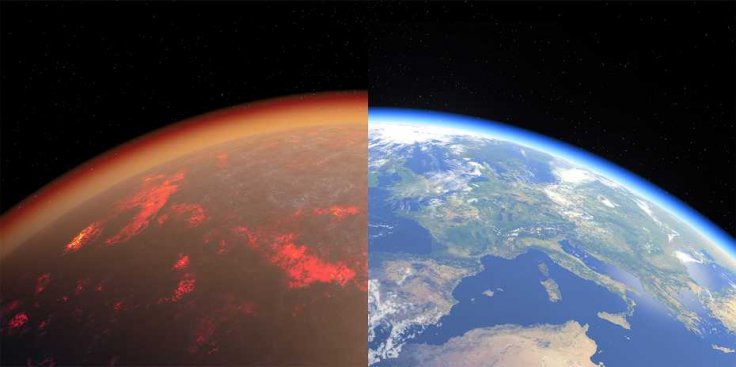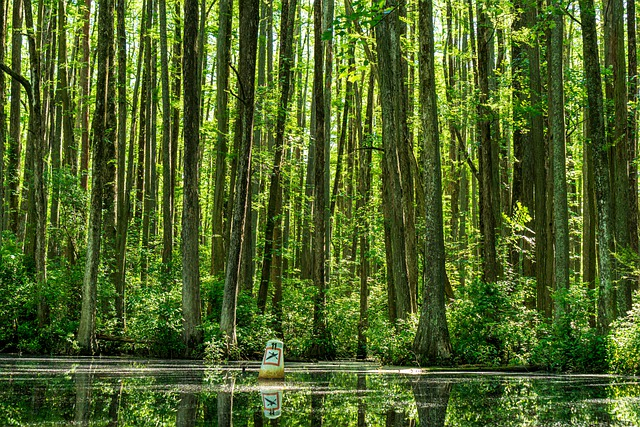Have you ever thought about the end of life, as we know it? Of course, you have. We all have, thanks to numerous sci-fi fictions and more, at some point or the other have considered how this Earth might come to an end. Well, now there is a more scientific answer to than rather than being engulfed by Dormammu.
A research conducted at Toho University in Funabashi and at the Georgia Institute of Technology in Atlanta has revealed that life on Earth may cease to exist in the next billion years due to the lack of oxygen.
Kazumi Ozaki at Toho University and Chris Reinhard at the Georgia Institute had conducted this research by studying and demonstrating the Earth's climatic, biological and geological systems and reached this apparent, quite grim, conclusion.
Twenty-one percent of the atmosphere of our home planet contains oxygen, the most ideal and inevitable gas for the life to sustain. Most of the large and complex life forms, such as, us humans need continuous adequate supply of oxygen to survive and the lack of which is fatal.

Studies show that at the dawn of its existence, the blue planet contained very low level of oxygen making it uninhabitable for any life form. With time the oxygen level rose and life started thriving in the planet. But now the study shows that again the oxygen levels are about to take a deep fall in the next one billion years and the Earth shall not be able to sustain complex aerobic life forms.
"We find that the Earth's oxygenated atmosphere will not be a permanent feature," Ozaki says. Their research reveals that our home planet shall witness a massive drop of oxygen level in the next billion years similar to that existed almost 2.4 billion years ago before the famous Great Oxidation Event during the Paleoproterozoic era.
More CO2 Bad, Less CO2 Worse
The team of researchers has concluded that the fundamental reason for this catastrophe is the aging of the Sun. With growing age, our star will get hotter and start releasing more energy leading to a severe decrease of carbon dioxide (CO2) in the atmosphere. Now the CO2 has a great role to play here for the survival of life on the planet. It, not only absorbs heat but also, is an important part of photosynthesis process where the organisms receive the CO2 and produce oxygen in the atmosphere.
If the photosynthesising organisms are unable to produce oxygen for the lack of carbon dioxide (CO2) then it will consequently reduce the oxygen level to a very worrying level. As Reinhard says: "The drop in oxygen is very, very extreme – we're talking around a million times less oxygen than there is today." Those, who are still reluctant and unaware about environmental crisis and going on with deforestation, should take a clue from this to stop harming the environment if they don't wish to be extinct.
Methane Too
The study also reveals that not just the fall of oxygen level, there is another reason of concern as well. With the drop of oxygen level there will be parallel rise of methane gas. The apprehension is about 10,000 times rise of methane gas comparing to its present amount.
As the scientists suggest that our biosphere is not compatible to adapt such great environmental changes. Thus, when the change begins, it will take up the speed in no time and the Earth will run out of its oxygen in just 10,000 years, more or less.
The Definition Of Life Will Not Be The Same
The catastrophe will lead the planet where life will be exclusively microbial. Many anaerobic and primitive bacteria which are currently hiding in the deep will rise their heads up and mark their existence.

Any terrestrial or aquatic life form shall be eliminated from the face of the Earth. The lack of oxygen shall tear the ozone layer apart, the protective layer of the planet. The Earth and its oceans shall be under direct exposure of the maximum levels of harmful ultra violet rays and heat of the Sun, leaving it uninhabitable for any life form.
Migrating To Other 'Habitable' Planets
This research collaborates with a NASA project relating to planet habitability. The results of this research will definitely be helpful for our pursuit of finding life on other planets. Habitable planets can be located by Oxygen-containing biosignatures. "Oxygen, in its many forms, is a very important biosignature since it is intertwined with life so fully on Earth," says Natalie Allen at Johns Hopkins University in Maryland. Though this recent study shows that the presence of oxygen in a habitable planet not only can be temporary but also inconstant in its level.
Kevin Ortiz Ceballos at the University of Puerto Rico opines that this recent study has presented a probability that other planets similar to our home planet, around other stars, might support or have supported life even when large amount of oxygen may not be traced in their atmosphere. It brings a new dimension to finding life on other planet - oxygen not being detected in a planet's atmosphere does not necessarily mark it as uninhabitable.
This revolutionary study of Ozaki and Reinhard have paved new ways for using other bio signatures, rather than just oxygen, for finding life on alien planets. If a planet's atmosphere contains hydrocarbon hazes it could bear more possibilities of evidence of existence of life on that planet.









